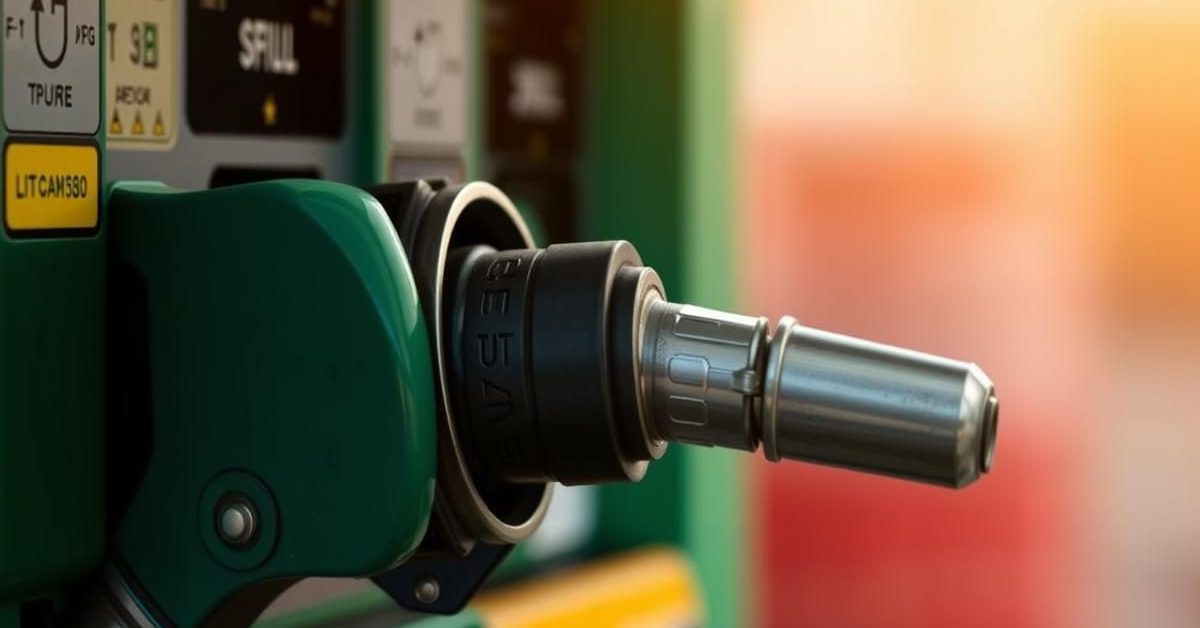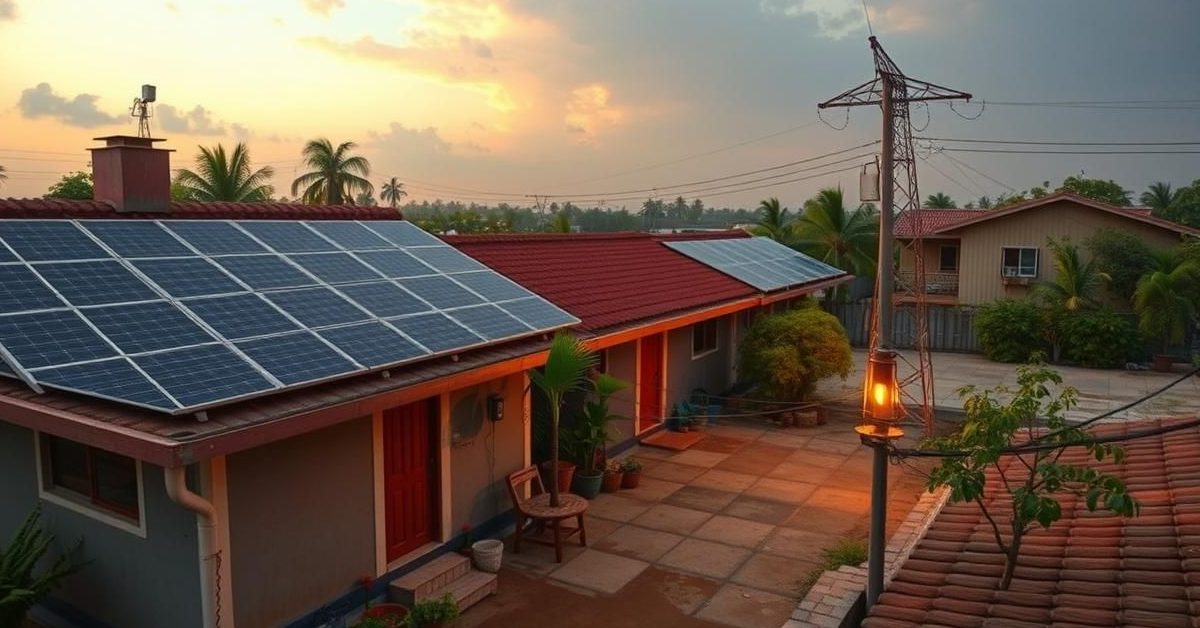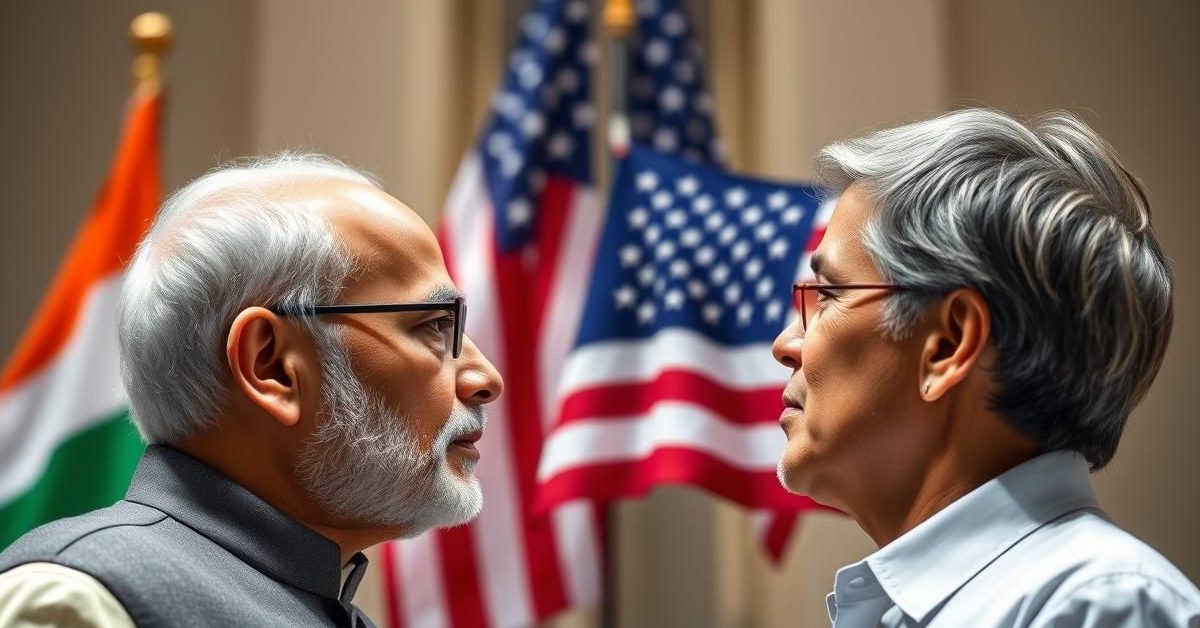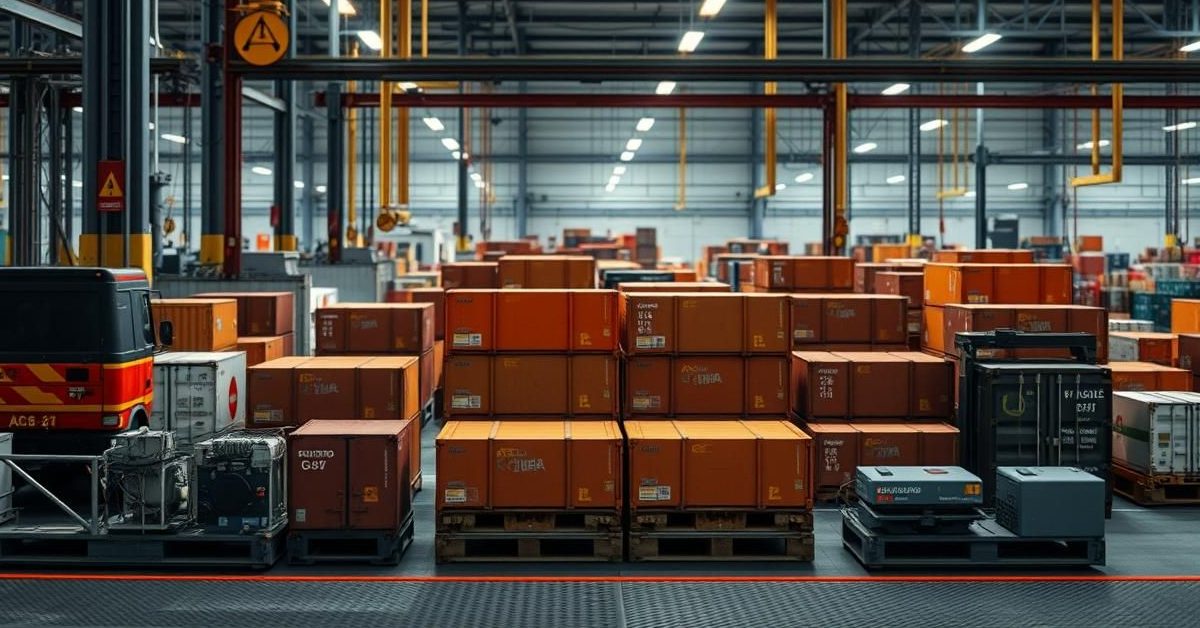Understanding India’s Latest Fuel Price Adjustments
India’s energy landscape witnessed significant shifts this week, with the price of jet fuel experiencing a notable hike while commercial cooking gas offered some relief with a price reduction. These fluctuations directly reflect the intricate dance of international crude oil benchmarks and local economic factors, impacting everything from airline operational costs to the daily expenses of businesses across the nation.
Aviation Turbine Fuel (ATF) Soars: What It Means for Air Travel
Aviation Turbine Fuel (ATF), the lifeblood of the airline industry, saw a substantial increase of 7.5 percent. This translates to an additional Rs 6,271.5 per kilolitre, pushing its price in the bustling national capital, Delhi, to Rs 89,344.05 per kilolitre. This marks a sharp reversal after three consecutive months of price reductions, effectively recovering half of the total relief provided to airlines since April.
This latest surge in ATF costs is deeply rooted in the recent escalation of international oil prices. Geopolitical tensions, particularly those following Israel’s actions in Iran last month, have reverberated across global energy markets, driving up crude oil benchmarks. For airlines, this is a critical development, as fuel typically constitutes a hefty 40 percent of their total operating expenditures. This increased financial burden could potentially influence future air ticket prices, a point of concern for both carriers and travelers alike.
Varied Impact Across Major Indian Metros
The ripple effect of this ATF price hike isn’t uniform across the country. Due to varying local taxes, such as Value Added Tax (VAT), prices differ significantly from one city to another. In Mumbai, a major aviation hub, the price climbed to Rs 83,549.23 per kilolitre. Meanwhile, Chennai and Kolkata saw their ATF rates rise to Rs 92,526.09 and Rs 92,705.74 per kilolitre, respectively, underscoring the localized nuances of fuel pricing.
Commercial LPG Offers Relief: A Welcome Respite for Businesses
In stark contrast to the rising ATF, commercial Liquefied Petroleum Gas (LPG) cylinders offered a moment of respite, with prices reduced by Rs 58.50 per 19-kg cylinder. This marks the fourth consecutive monthly reduction in commercial LPG rates, bringing its cost down to Rs 1,665 in Delhi and Rs 1,616.50 in Mumbai. Since April, businesses have collectively seen a total reduction of Rs 138 per cylinder, a welcome development for eateries, hotels, and various commercial establishments.
This softening of commercial LPG prices can be attributed to the prevailing international benchmark rates for LPG, which have eased due to lower demand during the summer months. This seasonal trend provides a much-needed breather for businesses relying heavily on LPG for their operations, helping to manage their input costs more effectively.
Domestic LPG and Other Fuels: A Different Narrative
While commercial LPG provides relief, the cost of cooking gas for domestic households remains untouched. The 14.2-kg cylinder used by millions of Indian families continues to cost Rs 853, a price point established after a Rs 50 hike in April. This differential pricing highlights the government’s approach to shielding household budgets from direct volatility, even as commercial rates fluctuate.
Furthermore, the prices of petrol and diesel across India have remained frozen since a Rs 2 per litre cut in mid-March last year, just ahead of the general elections. In Delhi, petrol is priced at Rs 94.72 per litre, and diesel at Rs 87.62 per litre. This prolonged stability for motorists contrasts sharply with the dynamic revisions seen in ATF and commercial LPG, underscoring the varied market and policy considerations for different fuel types.
The Mechanics of Monthly Price Revisions
The ongoing adjustments in ATF and LPG prices are part of a routine monthly revision mechanism. State-owned fuel retailers, including industry giants Indian Oil Corporation (IOC), Bharat Petroleum Corporation Ltd (BPCL), and Hindustan Petroleum Corporation Ltd (HPCL), reassess these rates on the first day of every month. This process is meticulously based on the average price of benchmark international fuels and the prevailing foreign exchange rates, ensuring that domestic prices reflect global market realities while navigating local economic parameters.















